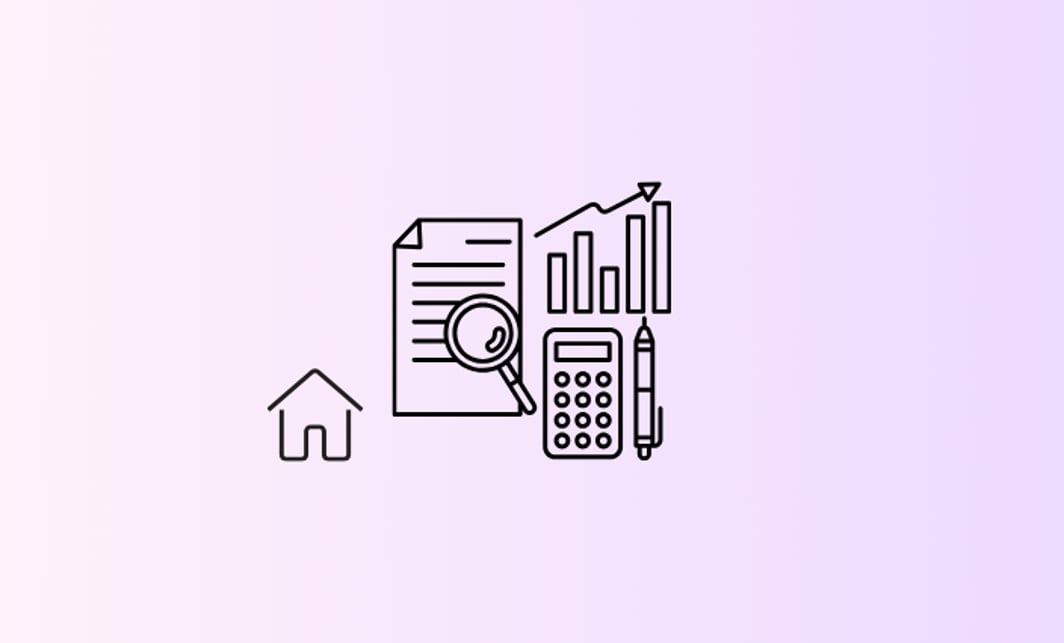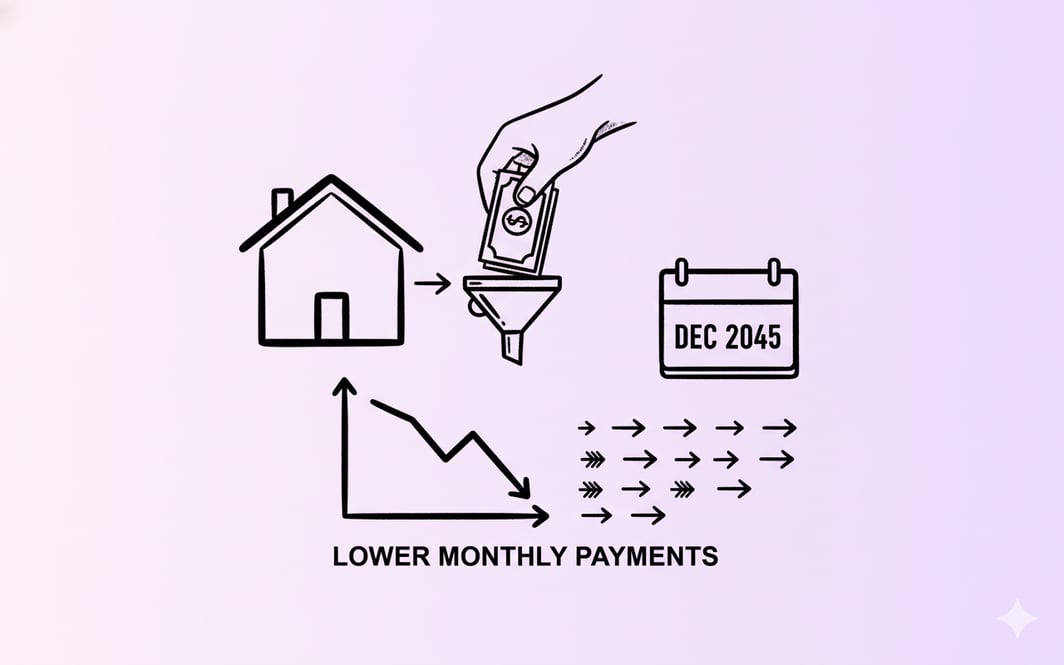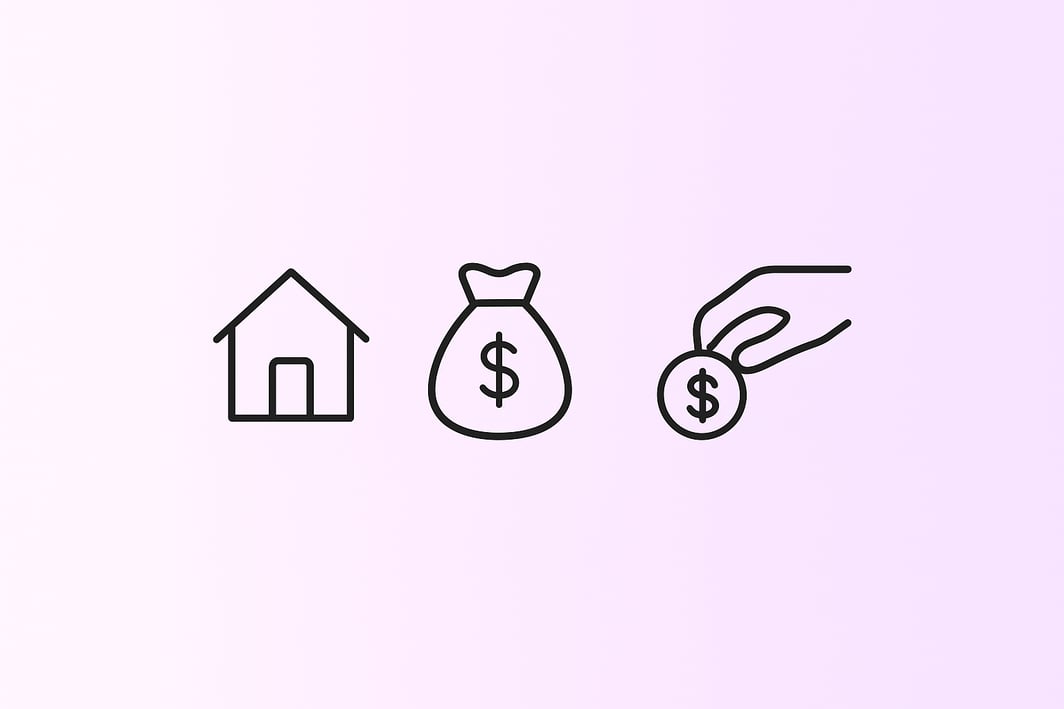Introduction
Meet Sarah: An Aussie first home buyer with a 5% deposit
Sarah is a typical Australian first home buyer. After years of saving, she has managed to put together a 5% deposit on a modest $600,000 property in Melbourne. Excited yet nervous, Sarah has heard about something called Lenders Mortgage Insurance (LMI) and wonders what it means for her budget and home loan options.
If you’re like Sarah—ready to step onto the property ladder with less than a 20% deposit—understanding LMI is crucial. It can be a significant cost hidden in the fine print of your home loan. This guide will explain what LMI is, why lenders require it, how much it costs, and practical ways you can avoid or reduce it in Australia’s current housing market.
Understanding Lenders Mortgage Insurance (LMI)
What is LMI? A simple definition
Lenders Mortgage Insurance (LMI) is a one-off insurance premium paid by the borrower when their home loan deposit is less than 20% of the property’s value. Essentially, it protects the lender—not the borrower—against losses if the borrower defaults on their loan and the property sale doesn’t cover the outstanding mortgage balance.
Think of LMI like a safety net for lenders. If you borrow more than 80% of the property value (meaning your loan-to-value ratio, or LVR, is above 80%), lenders view you as higher risk. To offset this risk, they require LMI to be paid upfront or added to your loan.
Why do banks charge LMI? Risk mitigation explained
Banks and lenders charge LMI because loans with high LVRs are riskier. When a borrower puts down less than 20%, the lender has less equity to fall back on if the borrower defaults.
- Risk to lender: If the borrower can't repay, the lender might repossess and sell the property, but with a smaller deposit, the property sale might not cover the full loan.
- LMI’s role: LMI compensates the lender for this gap, protecting them from financial loss.
This insurance is mandatory for most home loans exceeding 80% LVR, ensuring lenders can confidently offer mortgages to buyers with smaller deposits while managing their risk exposure [2].
When do you need to pay LMI? LVR thresholds and typical rules
In Australia, LMI is typically required when your deposit is less than 20%, or your loan-to-value ratio (LVR) is above 80%.
For example, if you purchase a home valued at $600,000 and have a deposit of $30,000 (5%), your LVR is 95%. LMI will almost certainly apply unless you qualify for a waiver or government scheme.
Costs and Calculation of LMI
How much does LMI cost? A real example
Let’s look at Sarah’s case:
*LMI premiums vary by lender and exact loan details but a 95% LVR loan of this size typically attracts an LMI premium in the $12,000 to $18,000 range.
Factors influencing LMI premiums: LVR, Loan amount, and lender variations
LMI premiums depend mainly on:
- Loan-to-value ratio (LVR): The higher the LVR, the higher the premium. Premiums rise steeply beyond 90% LVR.
- Loan amount: Larger loans attract higher premiums because the insurer’s potential payout increases.
- Lender pricing: Different lenders have varying agreements with insurers, so the premium can vary.
- Loan type: Some lenders differentiate between owner-occupied and investment loans, with investment loans often attracting higher premiums.
For example, a 90% LVR loan of $500,000 might have an LMI premium of around $7,000, while a 95% LVR loan of $600,000 may cost over $15,000.
Comparing LMI costs across top Australian lenders
Major Australian lenders like Commonwealth Bank, ANZ, NAB, and Westpac each calculate LMI based on their insurer partnerships and risk models. While the basic principle is consistent, premium rates and waiver policies differ.
*Estimated values for loans around $500,000-$600,000 at high LVRs.
Tip: Use lenders’ LMI calculators online to compare costs tailored to your loan amount and property value.
How to avoid or reduce LMI
1. Save a 20% deposit to avoid LMI
The simplest way to avoid paying LMI is saving a deposit equal to or greater than 20%. While this can take longer, it saves thousands upfront and avoids adding extra costs to your mortgage.
2. Use a family guarantor to reduce or avoid LMI
A family member, often a parent, can act as a guarantor by offering part of their equity as security. This reduces your effective LVR and can eliminate or reduce the need for LMI.
- Benefits: Enter the market sooner with a smaller deposit.
- Risks: Guarantor’s property is at risk if repayments are missed.
3. Government schemes: First Home Guarantee and others
The Australian Government’s First Home Guarantee (FHBG) enables eligible first home buyers to buy with as little as 5% deposit without paying LMI by providing a government-backed guarantee to lenders.
- Up to 35,000 places available for 2024–25.
- Income caps apply ($125,000 single, $200,000 couples).
- Available nationwide, including regional guarantees.
- Other schemes: Family Home Guarantee for single parents, Regional First Home Buyer Guarantee.
These schemes significantly reduce upfront costs, making homeownership more accessible.
4. Lenders offering LMI waivers for professionals
Some lenders waive LMI for borrowers in specific professions deemed low risk, including:
- Doctors
- Lawyers
- Engineers
- Accountants
- Financial services professionals
If you work in one of these fields, check eligibility with lenders for LMI waivers or discounts.
Who gets waived from LMI?
Lenders typically waive LMI for professionals with stable, high incomes and low default risk. This includes medical practitioners, lawyers, engineers, and some other professionals.
LMI in Practice: Refinancing, Refunds, and Comparisons
Can you get an LMI refund on refinancing or early loan repayment?
LMI is generally non-refundable in full because coverage starts at loan settlement. However, partial refunds may be available if you:
- Refinance or pay out the loan early (usually within 12 to 24 months).
- Request the refund promptly through your lender.
Policies vary among lenders and insurers; some require lender notification and timely applications to process refunds.
Can LMI be transferred to a new loan?
No. LMI is not transferable between lenders or loans. If you refinance, you will likely need to pay a new LMI premium unless you have built sufficient equity (≥20%) to avoid it.
Capitalising LMI into the home loan: impacts and strategies
Many borrowers add the LMI premium to their loan amount (capitalising), rather than paying it upfront. This spreads the cost over the loan term but:
- Increases the loan principal.
- Results in paying interest on the LMI premium.
- Potentially increases overall repayment amount significantly.
Strategies to reduce impact:
- Pay LMI upfront if possible.
- Make extra repayments to reduce interest.
- Use offset accounts to reduce interest costs.
LMI vs Mortgage protection insurance: clear comparison
This distinction is important; LMI does not protect you, but the lender.
Pros & Cons of paying LMI
pros
Enables entering the property market earlier
Allows purchase with less than 20% deposit
Supported by government schemes for first home buyers
Can be avoided with guarantors or waivers
cons
Significant upfront or loan cost
Adds to overall mortgage expense
Non-refundable or limited refunds
Non-transferable on refinancing
Top lenders and how they calculate LMI
Lenders calculate LMI premiums mainly based on:
- Loan-to-Value Ratio (LVR): Premium rises sharply above 90%.
- Loan amount: Higher loan amounts increase premiums.
- Loan type: Owner-occupied loans often have lower premiums than investment loans.
- Borrower profile: Some lenders consider borrower risk factors.
Use lender calculators or speak with a mortgage broker to get precise estimates tailored to your situation.
Summary
Understanding Lenders Mortgage Insurance (LMI) is vital if you plan to enter Australia’s property market with less than a 20% deposit. While LMI protects lenders from risk, it adds significant upfront or ongoing costs for borrowers.
You can avoid or reduce LMI by:
- Saving a 20% deposit.
- Using a family guarantor.
- Taking advantage of government schemes like the First Home Guarantee.
- Exploring professional LMI waivers offered by lenders.
To make the best decision:
- Use online LMI calculators for accurate estimates.
- Speak with a qualified mortgage broker to explore all options.
- Consider your long-term financial goals and affordability.
Frequently Asked Questions (FAQ)
Usually, no. LMI is typically required for deposits less than 20%. However, some lenders or government schemes may waive LMI for deposits between 15-20% under specific conditions.




